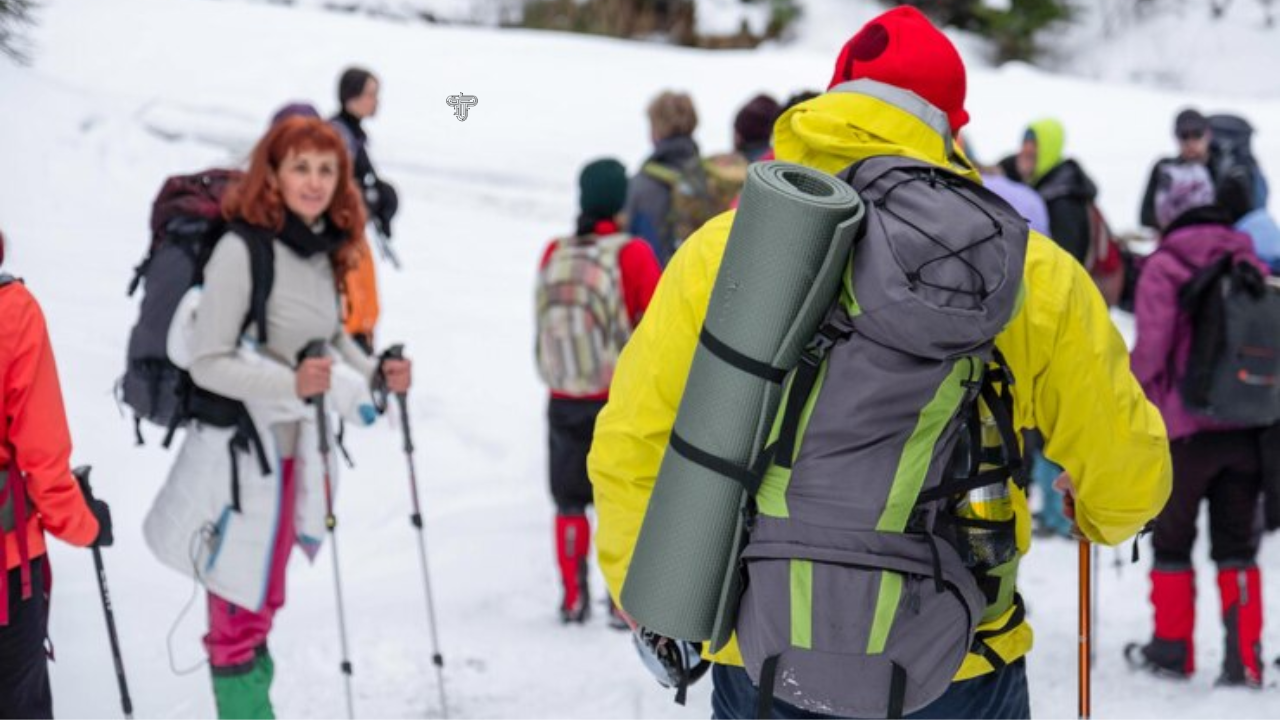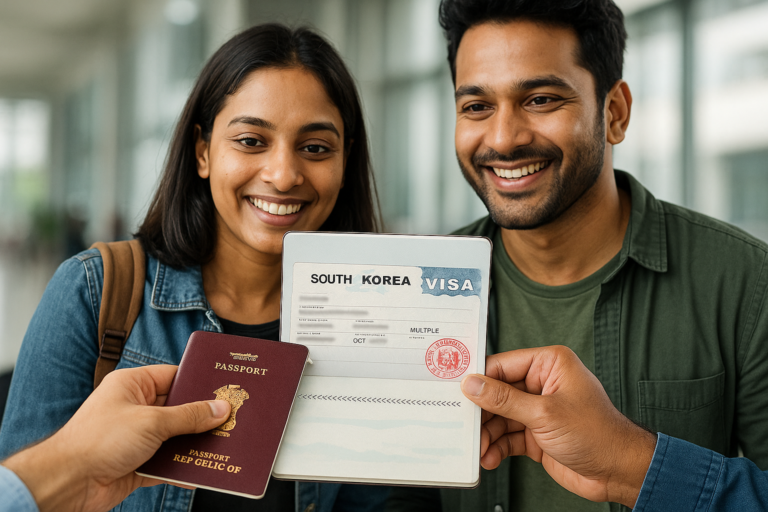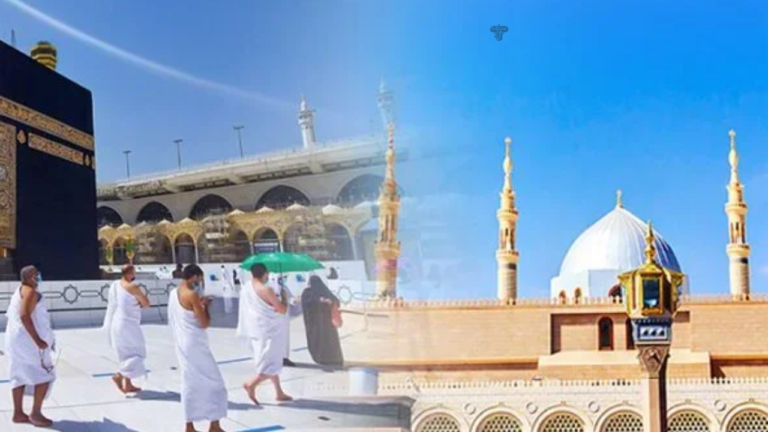Annapurna Circuit Packing List 2025: What Ultralight Trekkers Actually Carry
Introduction
The Annapurna Circuit is long, beautiful, and demanding. But you don’t have to carry a mountain of gear to conquer the mountains.
Most experienced trekkers now aim for ultralight packing — not just to move faster, but to trek smarter.
This guide isn’t just a generic checklist. It’s based on what ultralight trekkers actually carry in 2025, with special focus on Nepali travelers who want to complete the Annapurna Circuit without unnecessary weight or cost.
We’ll break down the essentials, explain why each item matters, and show you how to keep your total pack under 7–9 kg — light enough to carry comfortably, but still prepared for altitude, weather, and long days.
1. Why Ultralight Trekking Matters — Especially on the Annapurna Circuit
The Annapurna Circuit covers everything from warm valleys to snowy passes above 5,400 meters. You walk for 2 to 3 weeks, gain over 3,000 meters in elevation, and pass through remote villages.
If your backpack is heavy:
- You’ll walk slower.
- Your knees will suffer, especially on descents.
- You’ll spend more on porters or gear transport.
- You’ll be too tired to enjoy the trek itself.
Ultralight trekking doesn’t mean compromising safety — it means cutting out the extras and prioritizing the right things.
2. The Ideal Backpack: 35–40 Litres Max
If you can’t fit everything into a 35L or 40L pack, you’re overpacking.
For Nepali trekkers doing the Annapurna Circuit independently (without porters), this is the sweet spot.
Choose a pack that:
- Has good back support
- Comes with a rain cover
- Is the hydration system compatible (or has side pockets for bottles)
Popular choices among ultralight hikers include brands like Forclaz (by Decathlon) and Quechua, as well as local Nepali-made options from Thamel or Pokhara, which are cost-friendly and durable.
3. Clothes: Layer Smart, Not Heavy
You’ll trek from around 800 meters (hot and humid) to 5,416 meters at Thorong La (freezing cold).
So, instead of heavy jackets, pack light layers you can combine as needed.
Here’s the minimal list:
- 2 quick-dry t-shirts (preferably synthetic or wool)
- 1 warm base layer (thermal top)
- 1 mid-layer fleece or light down jacket
- 1 rain/wind jacket (lightweight but waterproof)
- 1 trekking pants (convertible to shorts, ideal)
- 1 thermal bottom (for cold nights)
- 1 pair of shorts or inner pants (for lower altitude)
- 2 pairs of socks (wool preferred)
- 1 warm hat/beanie
- 1 sun hat or buff
- Gloves (light fleece or wool)
Pro tip: Washing clothes every 2–3 days works perfectly fine. Most teahouses offer laundry or sunny drying space.
4. Footwear: One Pair Is Enough
- Trekking shoes/boots: Durable, broken-in, and ideally waterproof. No need for heavy leather boots unless it’s the snowy season.
- Camp shoes/slippers: Lightweight Crocs or sandals to give your feet rest after walking.
You don’t need multiple pairs. Just one good trekking shoe and one slipper will take you around the whole circuit.
5. Sleeping System: Trust the Teahouses
Most ultralight trekkers don’t carry sleeping bags anymore, especially in seasons like spring and autumn.
Why? Because:
- Teahouses along the trail provide warm blankets
- You can rent a sleeping bag in Pokhara or Kathmandu for the cold months
What you should carry:
- Sleeping bag liner (adds hygiene and some warmth)
- Lightweight inner sheet or shawl (if you’re picky about bedsheets)
This keeps your backpack lighter and makes sleep cleaner without unnecessary bulk.
6. Toiletries & Hygiene: Keep It Compact
This is where many trekkers overpack. You don’t need full-size anything.
Here’s what ultralight hikers actually carry:
- Small toothpaste + brush
- Mini soap or small biodegradable body wash
- Quick-dry towel (the small size is enough)
- Sunscreen (SPF 30+)
- Lip balm with SPF
- Hand sanitizer
- Toilet paper (1 roll max — buy more along the way)
- Wet wipes (small pack)
- Nail cutter
- Small comb
- Basic sanitary items (pads or tampons, if needed)
Tip: Put all toiletries in one ziplock pouch. It keeps your bag organized and prevents leaks.
7. Essential Gear Every Ultralight Trekker Carries
- Water bottle (or hydration bladder — 2L capacity is enough)
- Water purification (iodine drops, chlorine tabs, or LifeStraw)
- Headlamp (with extra batteries)
- Trekking poles (foldable — highly recommended for downhill)
- Phone + charger + power bank (10,000 mAh is sufficient)
- Basic first aid kit (Paracetamol, Diamox, ORS, Band-Aids, Dettol cream, etc.)
- Map or offline GPS app (Maps.me or Gaia GPS)
- Lightweight notebook + pen
- Passport/ID + cash (no ATMs after Besisahar)
Some trekkers also carry a mini knife, carabiner, or cord for drying clothes, but keep it to a minimum.
8. How Ultralight Trekkers Deal with Food & Water
You don’t need to carry food for the full trek.
Teahouses offer a variety of dishes, including Dal Bhat, noodles, roti, eggs, porridge, and more. But here’s what ultralight trekkers still carry:
- 2–3 energy bars
- Peanuts or trail mix
- Electrolyte powder
- Instant coffee or tea bags (optional)
For water:
- Buy purified water at lower altitudes.
- Above 3,000m, refill tap water and purify it yourself — cheaper and eco-friendly.
9. What NOT to Bring (Unless You Want to Suffer)
If you’re trying to go ultralight, don’t bring:
- Big camera and lenses (your phone is enough)
- An extra pair of jeans or heavy clothes
- Too many books (1 Kindle or digital notes are fine)
- Big towels, full-size soap/shampoo
- Unnecessary gadgets (laptops, tripods, speakers)
These items make your pack heavier but offer little value on the trail.
10. Total Weight Check: How Light Is “Ultralight”?
Here’s how a final ultralight pack might weigh:
| Item Group | Weight Estimate |
| Backpack + clothes | 3.5–4.5 kg |
| Gear + gadgets | 2–3 kg |
| Water + snacks | 1–1.5 kg |
| Total | 7–9 kg max |
Anything above 10 kg starts to feel heavy on the uphill climbs. Remember, the lighter you go, the freer you feel — and the more you enjoy the Annapurna Circuit’s beauty.
Tech Blaster
Conclusion
Ultralight trekking is more than a trend — it’s a smarter way to hike the Annapurna Circuit in 2025.
By carrying only what you need, you move quicker, feel better, and truly connect with the trail instead of constantly adjusting your heavy pack.
This minimalist packing guide is built for Nepali trekkers, budget-conscious hikers, and anyone who values simplicity over excess.
So before you start stuffing your bag, ask yourself:
Do I really need this, or am I just used to carrying it?
Travel light. Walk far. And let the Annapurna wind carry your spirit forward.







